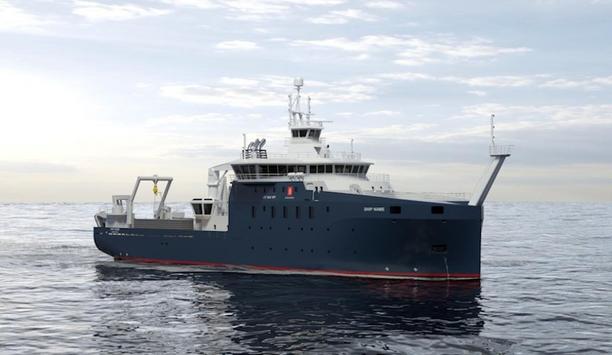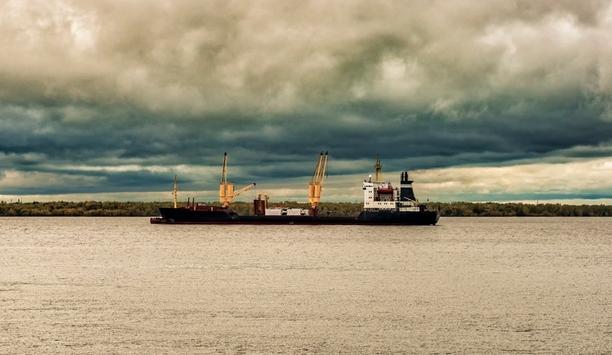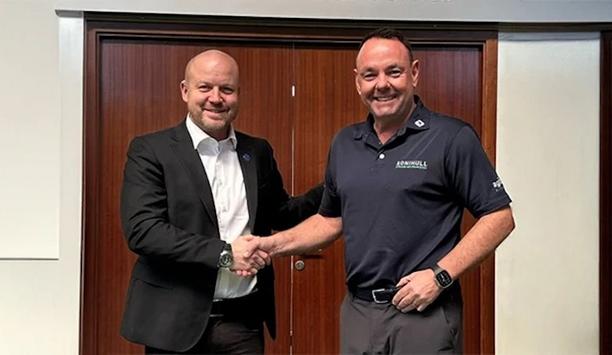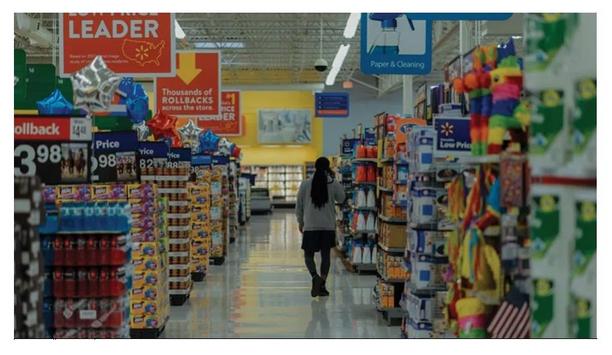The consumer electronics industry has expanded steadily over the years. Product innovation, falling prices, and increased purchasing power of the consumers have been supporting an average growth rate of 1-1.5 percent since 2013. Even since then, numerous players have entered the market for a share of the pie.
Given the growing competition, a customer, a manufacturer of set-top boxes and LCD TVs decided to ramp up their production and sourcing.
The challenge
The customer’s decision was driven by the fact that despite a global presence, 76 percent of their total sales revenue was concentrated in the US and Europe. Over the next few months, as the processes became busier, revenue and logistics operations started getting affected.
The transportation, raw material storage, in-process and finished goods handling costs continued to bleed profits
The production facilities in Korea, Poland, China, India, and the UK, struggled to match the scale of the ambition. The transportation, raw material storage, in-process and finished goods handling costs continued to bleed profits. The customer tried to rein in the costs by implementing judicious measurement parameters, such as measuring logistics costs as a percentage of the sales revenue.
Finally, after several unsuccessful countermeasures, the customer reached out to Maersk for a solution that would simplify their supply chain, curb logistics cost and support their growth plans.
Phase-wise solution
The customer was eager for a new solution. So, Maersk studied their supply chain for potential areas of improvement and proposed a three-tiered plan.
Phase 1
- Switch export volumes shipped from Hong Kong port to Yantian port
- Establish a consolidation hub at Yantian, converting LCL (Less than Container Load) shipments to FCL (Full Container Load) and reducing airfreight costs
- Establish container optimisation and a certain range of value-added services
Phase 2
- Fine-tune the consolidation hub operation to eventually move into an Export Distribution Centre (EDC) operation
- Enable tighter inventory control and align lead times with overseas manufacturing
Phase 3
- Shift from EDC to a VMI-style (Vendor-Managed Inventory) operation that enables the customer to further reduce inventory and put quality control processes in place.
Cost savings
Container optimisation and export volume refinements in the first phase are expected to yield annual savings of USD 300,000.
In the later phases, the focus will shift to an export distribution centre/ VMI set up so that the inventory, quality, and lead times can be controlled better.










